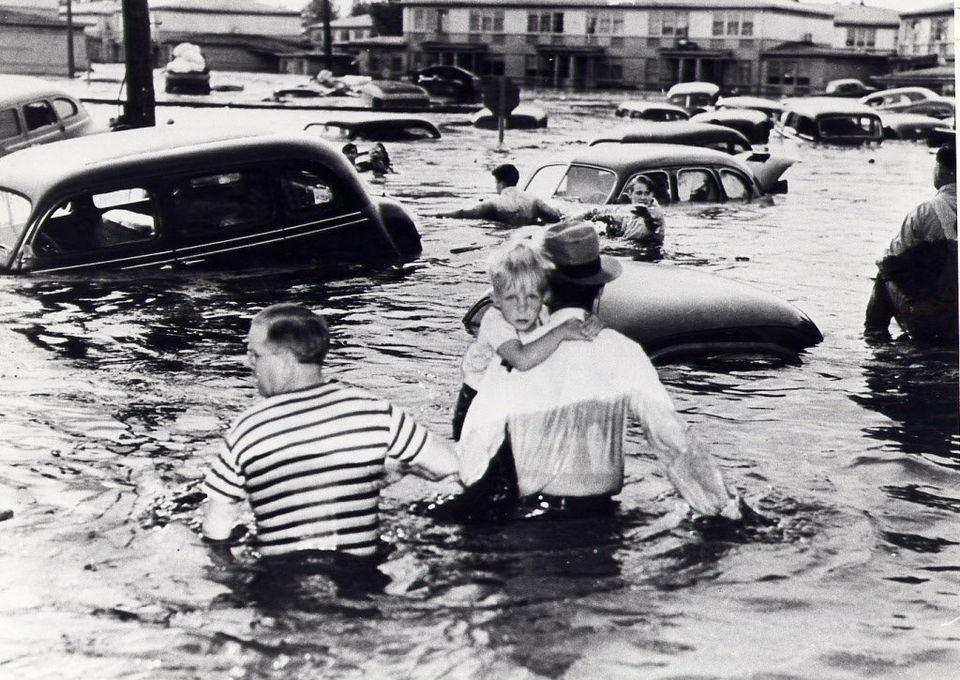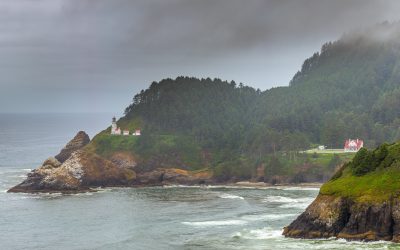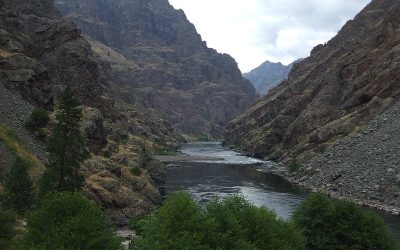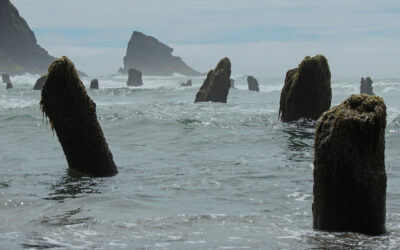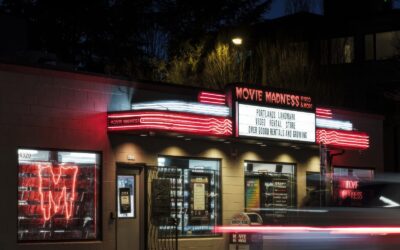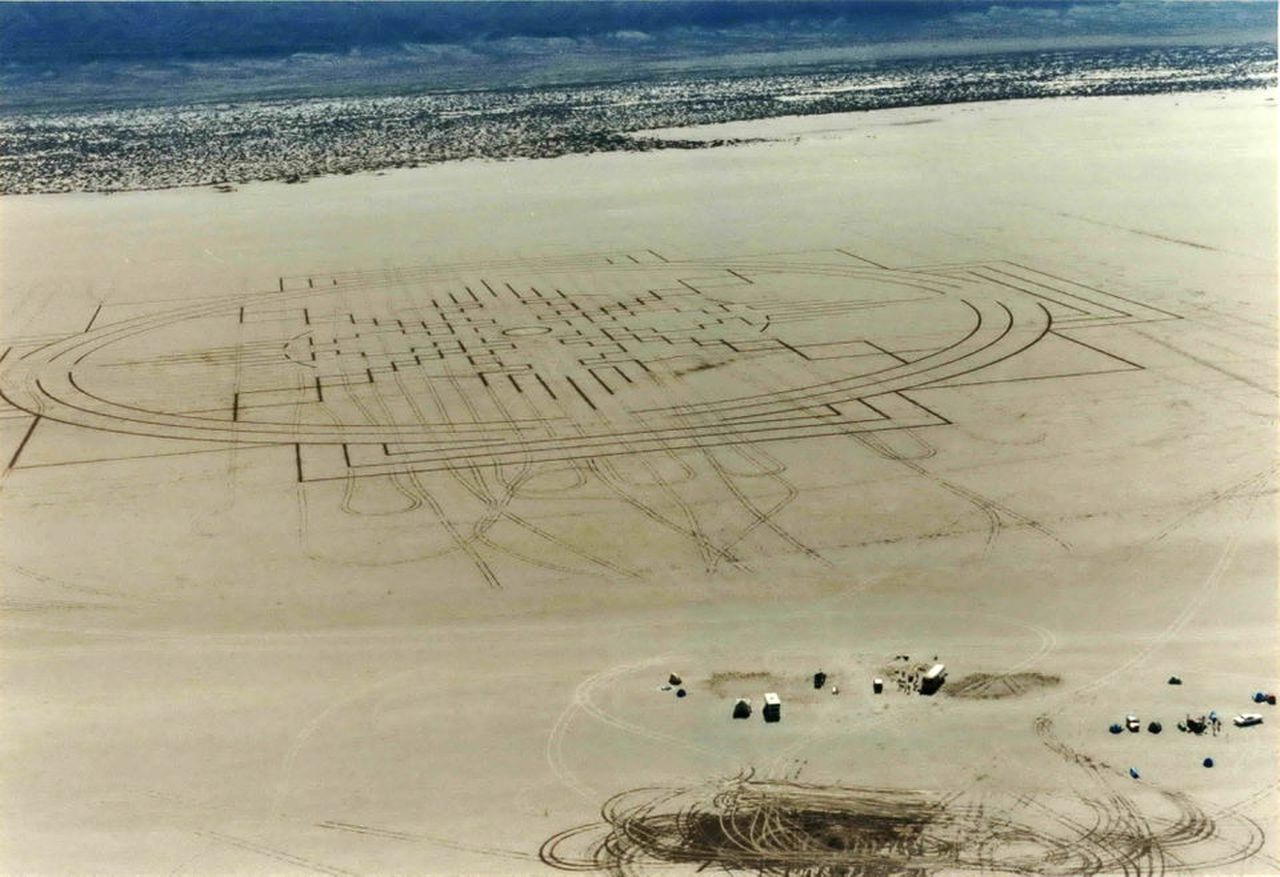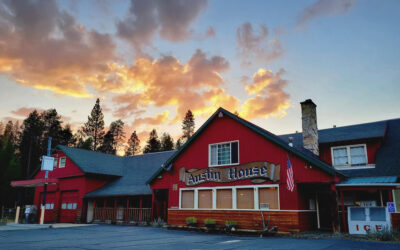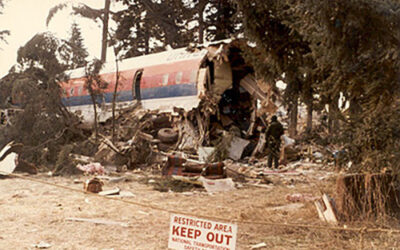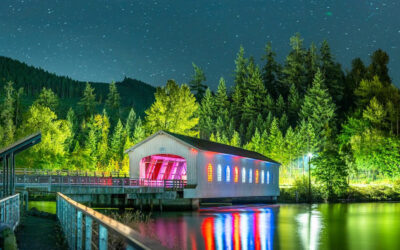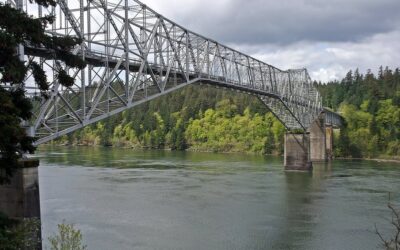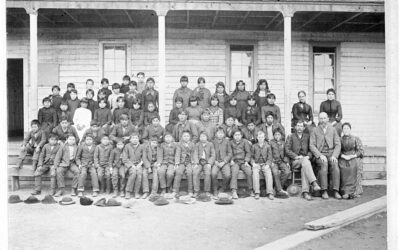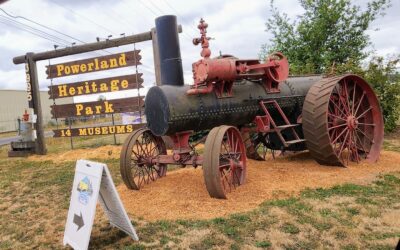If you’ve never heard of the flood that wiped Oregon’s second-largest city off the map, you’re in for one of the most shocking and little-known stories in the state’s history. The city was called Vanport, and in 1948, it was home to nearly 18,500 people — until a catastrophic flood struck on a Sunday afternoon, Memorial Day, and erased it in a matter of hours.
Vanport rose almost as quickly as it fell. Built in just 110 days in 1942, the city was originally intended to be a temporary wartime housing project. At its peak, it housed over 40,000 people and became the largest federal housing development in the United States.
At the time, the Portland–Vancouver area had transformed into a major shipbuilding hub during World War II. Industrialist Henry J. Kaiser was running three massive shipyards in the area. He’d chosen Portland in part because of the cheap hydroelectric power from the newly opened Bonneville Dam. Kaiser’s shipyards were producing vessels at record speed — 75% faster than the national average — but the region couldn’t build housing fast enough for the wave of workers pouring in. So Kaiser took matters into his own hands. With federal funding, he constructed Vanport to house his labor force.
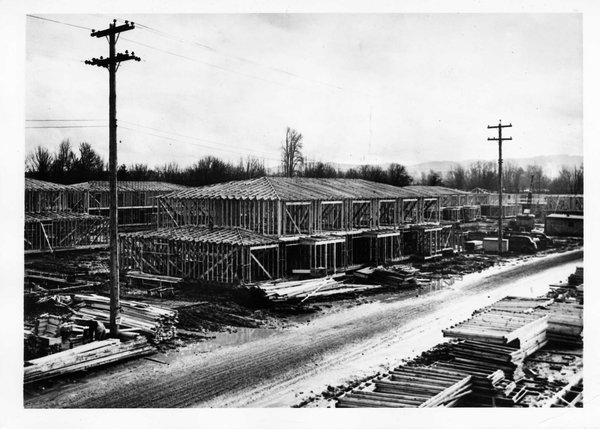
From the beginning, Vanport was meant to be temporary. Buildings were hastily constructed with no cement foundations. Units were cramped, and conditions were far from ideal. The housing was segregated — Black residents lived in one area, white residents in another. But in a surprising and progressive move for the time, the city’s schools were integrated. In fact, the first Black teachers in Oregon taught in Vanport’s classrooms.
By 1948, roughly one-third of Vanport’s population was African-American. The town, once a shining example of wartime ingenuity, had become known for high crime and rough living. It was muddy nearly year-round due to its lowland location and constant Northwest rain. The thin walls of the apartment buildings did little to block out noise, and kids were often left unattended while both parents worked long shifts in the shipyards.
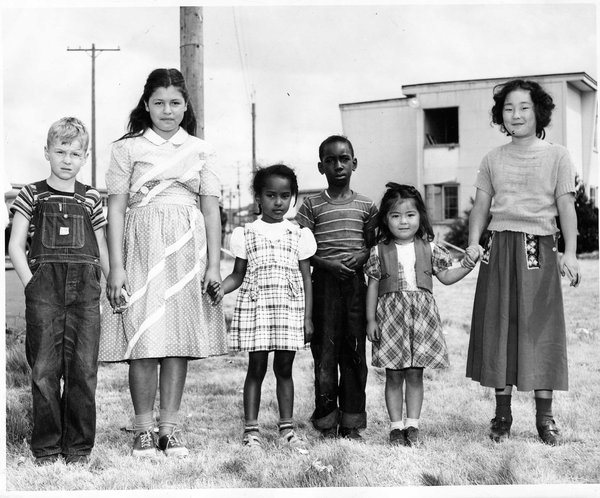
“The psychological effect of living on the bottom of a relatively small area, diked on all sides to a height of 15 to 25 feet, was vaguely disturbing,” wrote Manly Maben in his 1987 book Vanport. “It was almost impossible to get a view of the horizon... even from upper levels.”
When the war ended, shipbuilding jobs dried up. But many of the workers — Black and white — who had moved to the area chose to stay. This posed a new challenge: discriminatory housing and lending practices made it nearly impossible for Black families to find housing in Portland. Vanport remained one of the few places they could live.
Then came the flood.
That spring, heavy snow blanketed the mountains. Sudden warm temperatures caused rapid snowmelt, and runoff began pouring into the Columbia River. Vanport, built in the flood-prone lowlands near Smith Lake, was already considered high-risk. Residents had been warned in May that flooding was possible. Officials told them to move valuables to higher floors but insisted they would have time to evacuate if needed.
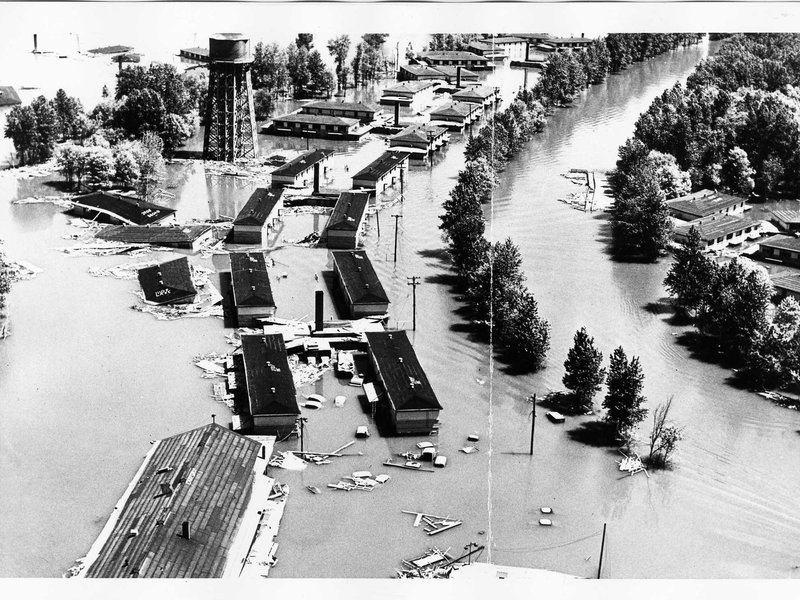
On May 25, 1948, both the Columbia and Willamette Rivers were nearing crisis levels — over 23 feet, a full eight feet above flood stage. On the morning of May 30 — Memorial Day — Vanport residents awoke to a reassuring notice:
REMEMBER.
DIKES ARE SAFE AT PRESENT.
YOU WILL BE WARNED IF NECESSARY.
YOU WILL HAVE TIME TO LEAVE.
DON'T GET EXCITED.
But that warning would prove tragically false.
At 4:17 p.m., a railroad dike near Smith Lake collapsed. What started as a six-foot breach rapidly widened into a 500-foot gap. Water surged through, tearing through the city. Buildings — many without any real foundations — were lifted and swept away like driftwood.
In under two hours, the entire city of Vanport was gone.
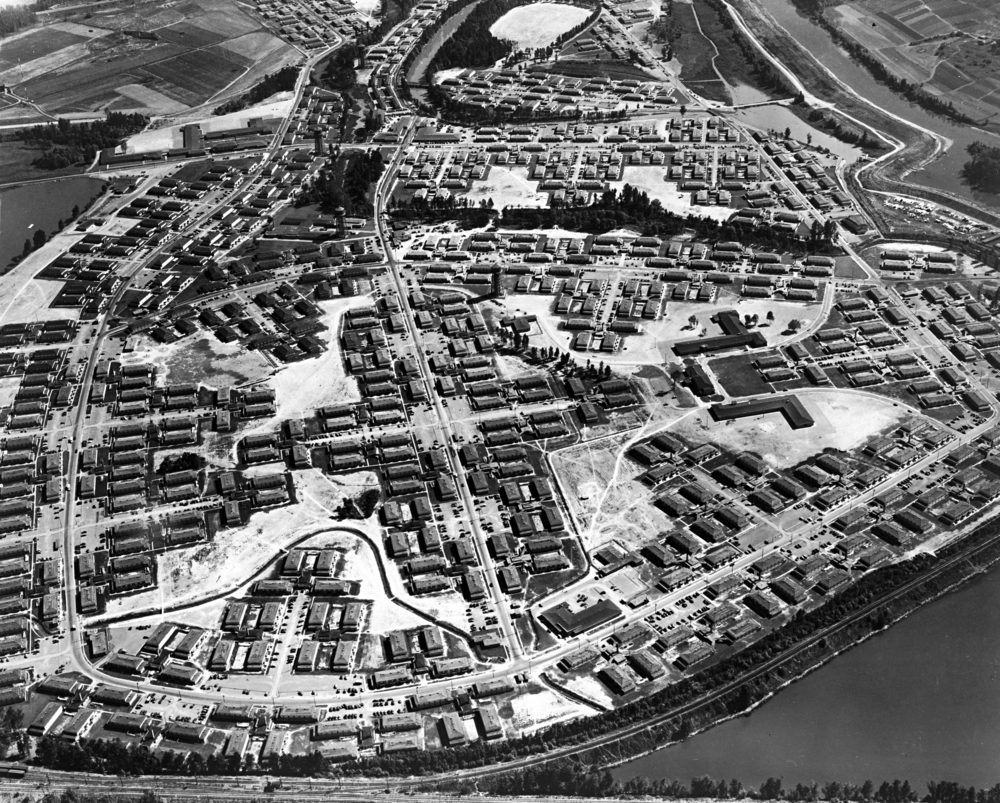
Early news reports wildly speculated that hundreds had perished. The actual death toll was 15 — a relatively low number, largely because many residents were away from home enjoying Memorial Day. But the physical and emotional toll was devastating. Nearly 18,000 people lost everything they owned. And just like that, Oregon’s second-largest city was erased from existence.
The Vanport Flood remains one of the most devastating natural disasters in Oregon history — and one of the least remembered. Yet its legacy continues to shape Portland’s social and racial landscape to this day.

